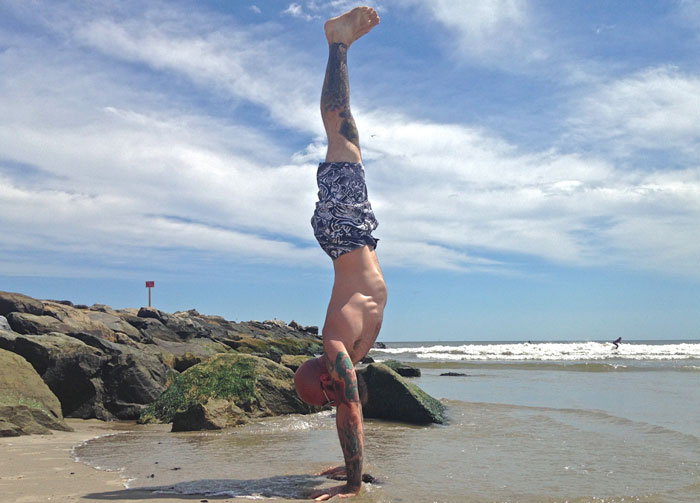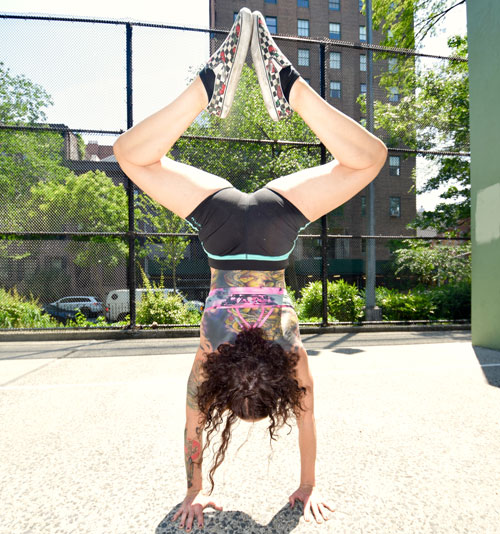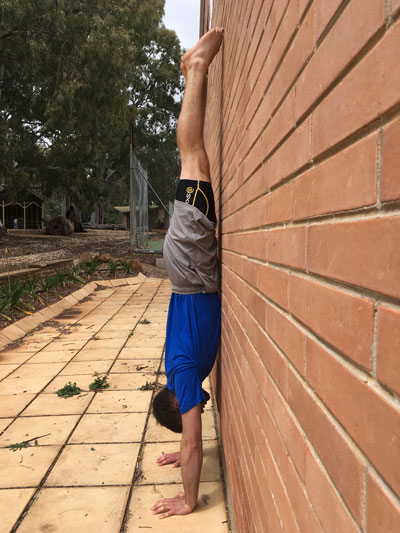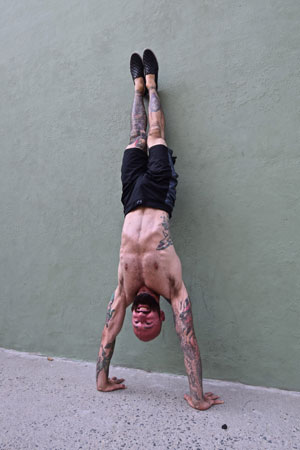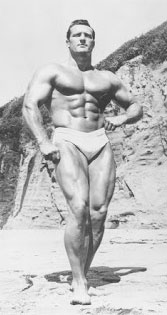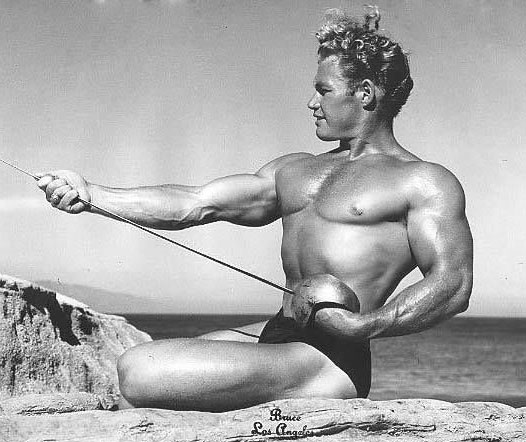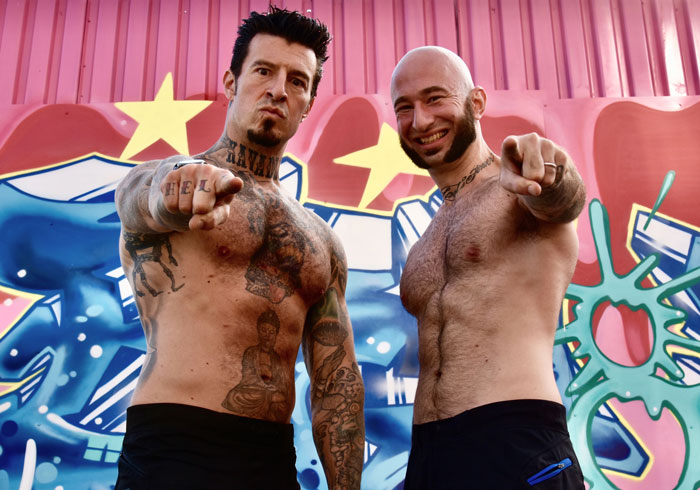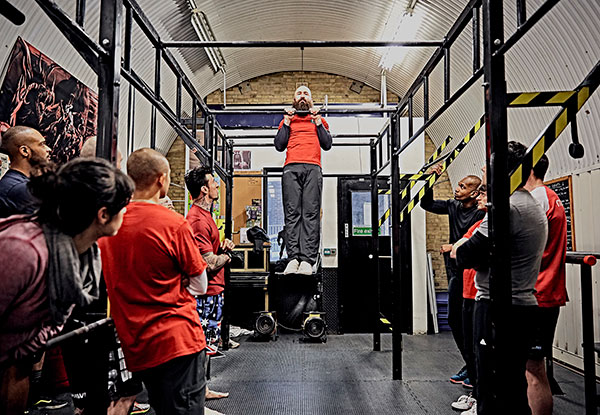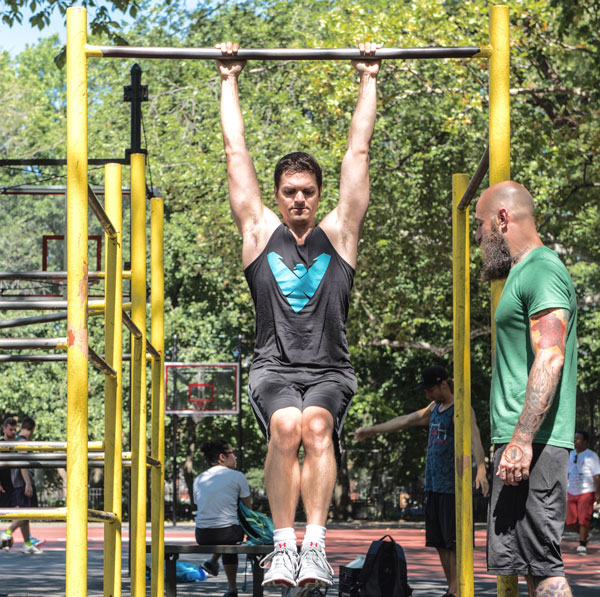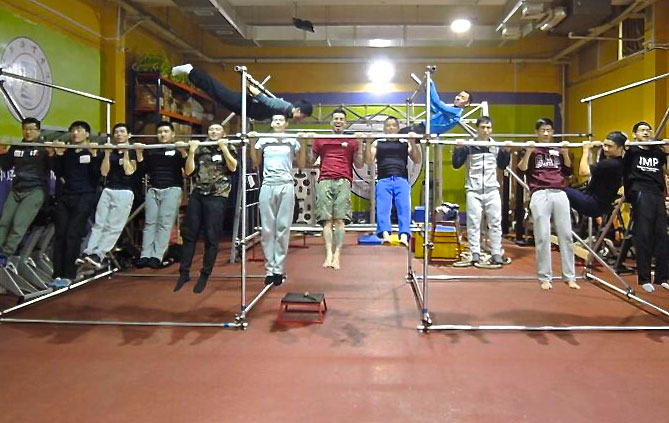
Never in my life did I imagine that my calisthenics journey would take me all the way to Beijing. I knew that working out would get me in shape: lean, fit, solid and strong. It was also very obvious to me how much fun I was having in my training. And, yes, I was certainly aware of what a remarkable community I had stumbled upon (although I must confess: I didn’t realize quite how many amazing people I’d meet along the way).
Without a doubt, there were many virtues that I predicted, even expected.
But this? Flying halfway around the world to a foreign land and meeting a roomful of strangers who felt like my brothers? Well, damn. This was some other worldly stuff indeed!
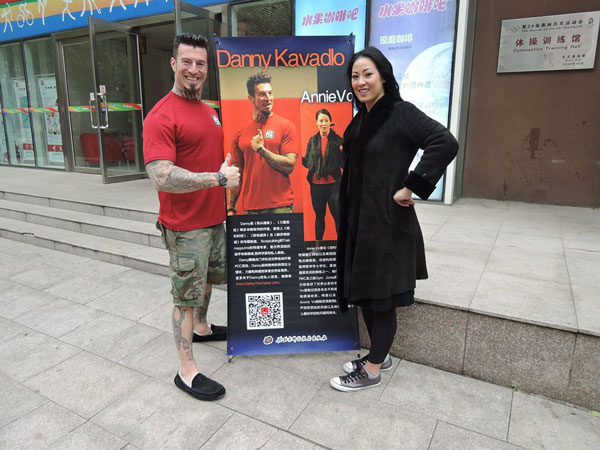
But upon reflection, it makes sense that the Progressive Calisthenics Certification has traveled all the way to China (twice!) in 2016. After all, the Chinese have an ancient tradition of bodyweight practice.
From Kung Fu to moving meditation, it’s plain to see that minimalism, honesty and purity are rooted deep within Chinese physical culture. When I think about it, the massive success of the Chinese translations of so many Dragon Door titles (like Convict Conditioning, Diamond-Cut Abs and Pushing The Limits) really isn’t surprising at all. No matter what side of the world we’re on, us freaks and geeks of fitness have much more in common than apart.

Interestingly enough, John Du Cane (arguably the greatest pioneer in modern fitness) founded Dragon Door in 1991 as medium to introduce the Eastern practices of Tai Chi and Qigong to the Western world. Twenty-five years later, we are now introducing the Western practice of Street Workout to the East. It comes full circle.
When PCC Instructor Annie Vo and I stepped off the plane in Peking International Airport, we got even more than expected. Any possible cultural or language barriers were non-existent that weekend, as we all spoke the same language of movement and harmony.

It was a tremendous honor that this certification was held at the Fitness University of Beijing. Further, our hosts Beijing Technology Publishing did a stellar job at assembling an all-star group of practitioners, trainers, coaches and bodyweight warriors. They even brought in television and film crews to document this monumental occasion. We are grateful for having been a part of it.
As is always the case at PCC, there were numerous PR’s, feats of strength and groundbreaking physical achievements. We muscled-up over bars, defied the laws of gravity and let our freak flags fly. The calisthenics fanatics of Beijing proved to be an unstoppable force to be reckoned with during this amazing experience.
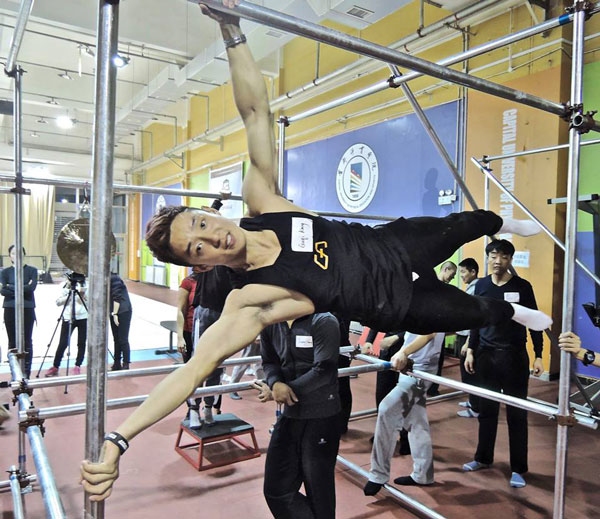
When all is said and done, the weekend flew by. The hours and days we shared teaching, training and learning together proved to be the experience of a lifetime. I’d personally like to congratulate this fantastic group of newly certified PCCs. We came a long way for this event. Thanks to each and every one of you for making it so incredible.
Keep the dream alive,
-DK
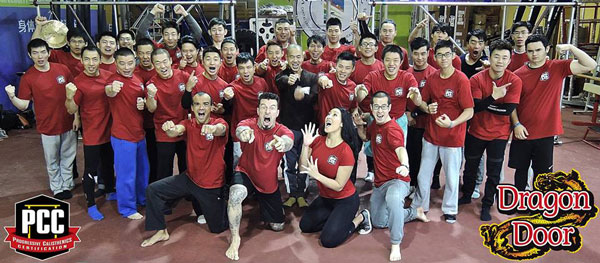
****
Danny Kavadlo is one of the world’s foremost authorities on calisthenics, nutrition and personal training. He is the author of the Dragon Door titles Strength Rules, Diamond-Cut Abs and Everybody Needs Training. Most recently, he co-authored Street Workout with his brother, Al Kavadlo. Danny is known for his minimalist philosophy, simple approach and motivational talents.
A true in-person experience, Danny is a Master Instructor for Dragon Door’s Progressive Calisthenics Certification. He has been featured in the NY Times, TRAIN, Men’s Fitness and is a regular contributor to Bodybuilding.com. Learn more about Danny at www.DannyTheTrainer.com
